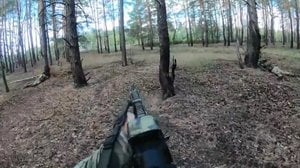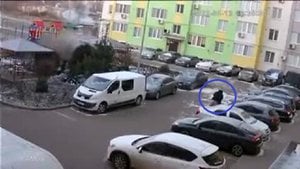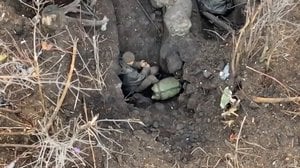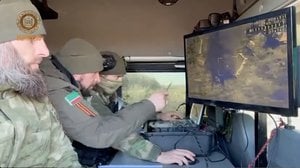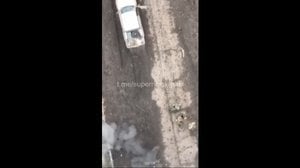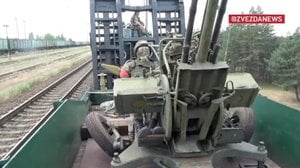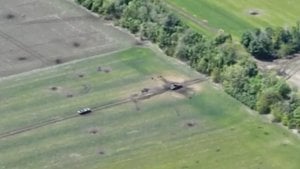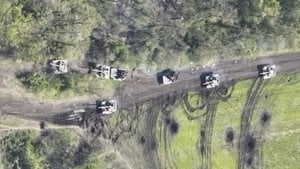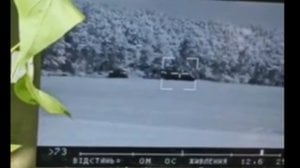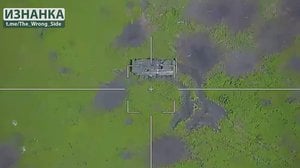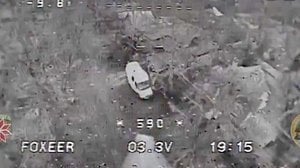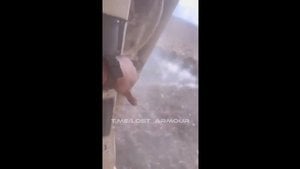
UA M113 Mech Assault in Kharkiv Oblast
Published 3 months ago
A video of a Ukrainian mechanized assault against a Russian trench system in a tree line. The footage posted by the source played back at more than twice the normal speed and had music laid over it – I slowed it back down so that we can observe and understand the engagement. Two armored personnel carriers (APCs), both Ukrainian YPR-765s, advance across an open field which has clearly seen extensive artillery fire and likely was seeded with mines at one point. The APCs make it across the field and stop short of the tree line. Flashes can be seen among and behind the Russian positions in the trees, indicating some sort of suppression. The YPR-765, a variant of the M113 platform, is equipped with a 25mm autocannon, so the flashes could either be the detonation of 25mm HE rounds, or they could be caused by mortars suppressing the objective. Puffs of smoke can be seen emanating from the APCs as their weapons lay down fire.
The ramps drop and infantry disembark and begin their assault on the objective. Though some of the flashes on and around the objective are the result of Ukrainian suppressive fire, some flashes and smoke indicate that the Russians occupying the objective are returning fire. The Ukrainian assault team on the right halts just short of the trench and employs some manner or grenade or explosive device, which can be seen exploding in the trench itself. The Ukrainian soldiers then enter the trench and establish a foothold as a second squad exits the vehicles and dashes across the field to join them on the objective. Their task complete, the APCs peel off to the left, firing as they depart.
This is yet another example of a well-executed mechanized assault. The YPR-765 is a Dutch variant of the American M113, a sixty-year-old platform, and yet the Ukrainians employ it well. The task seems appropriate to the forces committed, suppression on the objective appears effective, and the grunts gain a foothold in the trench without excessive losses or the loss of vehicles. I wonder whether tanks or IFVs might have supported this attack and established support by fire positions a bit further from the objective with some lateral separation from the assault force. It is possible that this might have occurred but was not within the scope of this drone, or that those resources were not available, or that enemy forces on the objective were deemed sufficiently weak that such measures were not warranted. I also wonder whether more substantial indirect fire support and the use of smoke might have been beneficial, but again, it is possible that these resources were not available or were deemed unnecessary. At the end of the day, I do not have situational awareness of the conditions on the battlefield but they do, and it appears that, at least for this unit, their actions yielded results.
About the Author

Cam
Cam served as an infantry officer in the Marine Corps, deploying to the Horn of Africa and participating in combat operations in Iraq. He currently works in the maritime industry and in the defense sector as an instructor of combined arms planning and operations. An avid sailor, Cam founded and directs Triumph Sailing, a nonprofit that supports veterans and first responders through adventure and fellowship on the water. Triumph Sailing just completed its big yearly event, an offshore race in the Gulf of Mexico with an all veteran crew. You can support the mission and next year's sailing season at Tri-Sail.Org.


